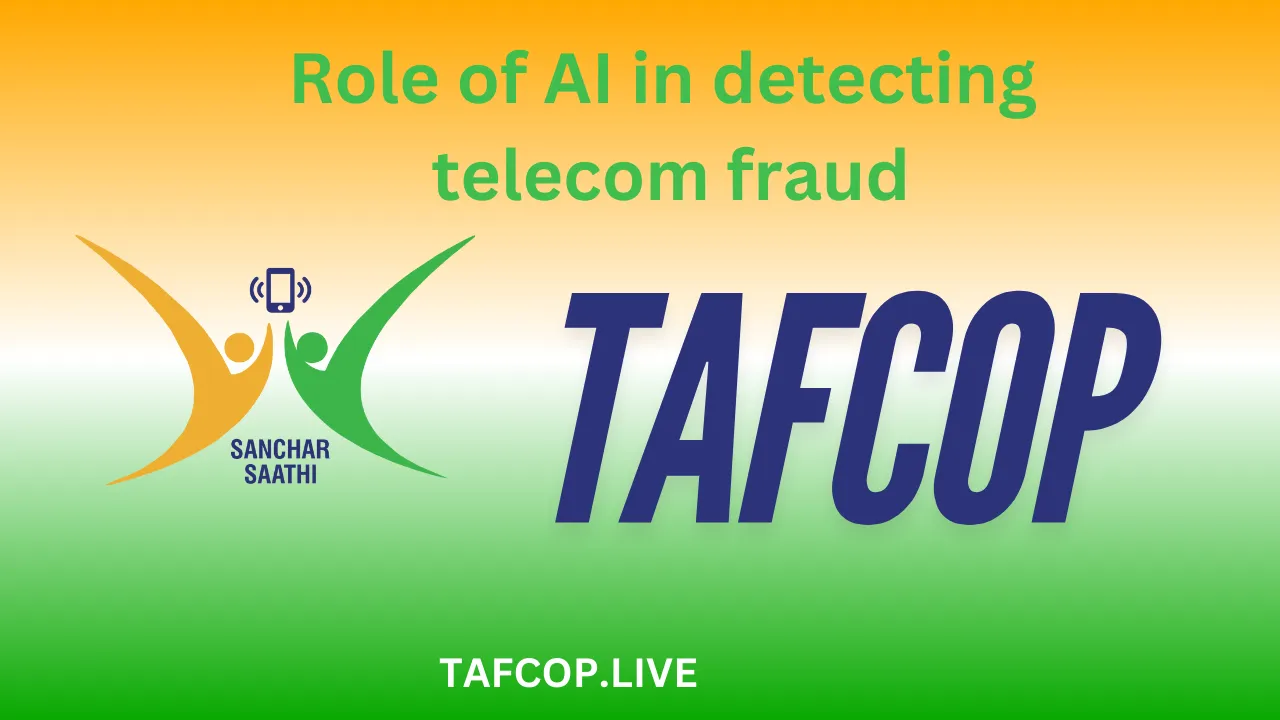The world of telecommunications is buzzing with innovation, but where there’s progress, there’s also mischief. Telecom fraud is like that uninvited guest at a party—it shows up, causes chaos, and leaves everyone scrambling to clean up the mess. But here’s the good news: Artificial Intelligence (AI) is stepping in as the ultimate bouncer, kicking fraudsters out before they can even enter. From detecting suspicious call patterns to predicting fraudulent activities before they happen, AI is revolutionizing how we safeguard our networks.
So, what exactly is the role of AI in detecting telecom fraud? AI uses advanced algorithms and machine learning to analyze vast amounts of data in real-time, identifying unusual patterns and flagging potential fraud. It’s like having a super-smart detective who never sleeps, constantly scanning for clues and catching criminals red-handed. Whether it’s SIM box fraud, subscription fraud, or phishing scams, AI is the game-changer we’ve been waiting for.
Role of AI in detecting telecom fraud
AI detects telecom fraud by analyzing call patterns, user behavior, and network data in real-time using machine learning algorithms. It identifies unusual activities, predicts potential threats, and helps telecom companies take immediate action to prevent financial losses and protect customers.
How Does AI Detect Telecom Fraud?
Telecom fraud is sneaky, but AI is sneakier. It works by constantly monitoring and analyzing data from millions of calls, messages, and transactions. Think of it as a giant spider web—every thread is connected, and the slightest vibration sets off an alert.
AI detects telecom fraud by using machine learning models trained on historical data. These models learn what “normal” behavior looks like and can spot anomalies in real-time. For example, if a user suddenly makes 100 calls in an hour or a SIM card is used in two different countries at the same time, AI flags it as suspicious.
Let’s break it down with an example. Imagine a fraudster using a SIM box to reroute international calls and make them look local. AI can detect this by analyzing call durations, frequencies, and destinations. If something doesn’t add up, it sends an alert to the telecom operator, who can then investigate further.
What Are the Types of Telecom Fraud AI Can Detect?
Telecom fraud comes in many shapes and sizes, but AI is versatile enough to tackle them all. Here are some common types of fraud AI can detect:
- SIM Box Fraud: Fraudsters use SIM boxes to reroute international calls as local ones, avoiding higher charges. AI detects this by analyzing call patterns and identifying mismatches between call origins and destinations.
- Subscription Fraud: This happens when someone uses fake identities to sign up for services. AI can verify user data and flag suspicious accounts during the onboarding process.
- Phishing Scams: Fraudsters trick users into sharing personal information. AI can monitor communication channels and block suspicious messages or calls.
- Wangiri Fraud: This involves missed calls from international numbers, luring users to call back and incur high charges. AI can identify and block such numbers in real-time.
Why Is AI More Effective Than Traditional Methods?
Traditional fraud detection methods are like using a magnifying glass to find a needle in a haystack—they’re slow, labor-intensive, and often miss the mark. AI, on the other hand, is like a high-powered metal detector.
AI is more effective because it can process massive amounts of data in seconds, learn from patterns, and adapt to new fraud tactics. For instance, if fraudsters change their methods, AI can quickly update its algorithms to stay one step ahead.
Take the example of a telecom company in India that implemented AI to combat SIM box fraud. Within months, they reduced fraudulent activities by 70%, saving millions of dollars. Traditional methods simply couldn’t keep up with the scale and complexity of the problem.
How Does AI Protect Customers from Fraud?
At the end of the day, telecom fraud doesn’t just hurt companies—it hurts customers too. From unexpected charges to stolen personal information, the impact can be devastating.
AI protects customers by detecting and blocking fraudulent activities before they cause harm. For example, if a customer’s SIM card is cloned, AI can detect unusual usage patterns and immediately deactivate the card. Similarly, if a phishing scam is detected, AI can block the fraudulent number and alert the customer.
In India, where mobile penetration is high and fraud is rampant, AI is playing a crucial role in safeguarding millions of users. By providing real-time protection, AI ensures that customers can use their phones without worrying about falling victim to scams.
What Are the Challenges of Using AI for Fraud Detection?
While AI is incredibly powerful, it’s not without its challenges. One major issue is the need for high-quality data. AI models are only as good as the data they’re trained on, and if the data is incomplete or biased, the results can be unreliable.
Another challenge is keeping up with evolving fraud tactics. Fraudsters are constantly finding new ways to bypass security measures, and AI systems need to be regularly updated to stay effective.
Finally, there’s the issue of false positives. Sometimes, AI might flag legitimate activities as fraudulent, causing inconvenience to customers. Striking the right balance between accuracy and efficiency is key.
How Is AI Shaping the Future of Telecom Fraud Detection?
The future of telecom fraud detection is bright, thanks to AI. With advancements in machine learning, natural language processing, and predictive analytics, AI is becoming even more sophisticated.
In the future, AI will not only detect fraud but also predict it before it happens. By analyzing trends and identifying potential threats, AI can help telecom companies stay ahead of the curve.
For example, AI could analyze social media activity to identify groups planning large-scale fraud attacks. It could also use blockchain technology to create secure, tamper-proof records of transactions.
In India, where telecom fraud is a growing concern, AI is set to play a pivotal role in creating a safer, more secure digital ecosystem.
FAQs
1. Can AI completely eliminate telecom fraud?
No, AI cannot completely eliminate telecom fraud, but it can significantly reduce it by detecting and preventing most fraudulent activities.
2. How does AI handle false positives in fraud detection?
AI systems are designed to learn from mistakes. Over time, they improve their accuracy and reduce false positives by refining their algorithms.
3. Is AI expensive to implement for telecom companies?
While implementing AI can be costly, the long-term benefits, such as reduced fraud and improved customer trust, far outweigh the initial investment.
Conclusion
Telecom fraud is a complex and ever-evolving challenge, but AI is proving to be a powerful ally in the fight against it. By analyzing data, detecting anomalies, and predicting threats, AI is helping telecom companies protect their networks and customers.
In a country like India, where mobile connectivity is a lifeline for millions, the role of AI in detecting telecom fraud cannot be overstated. It’s not just about saving money—it’s about creating a safer, more trustworthy digital world.

